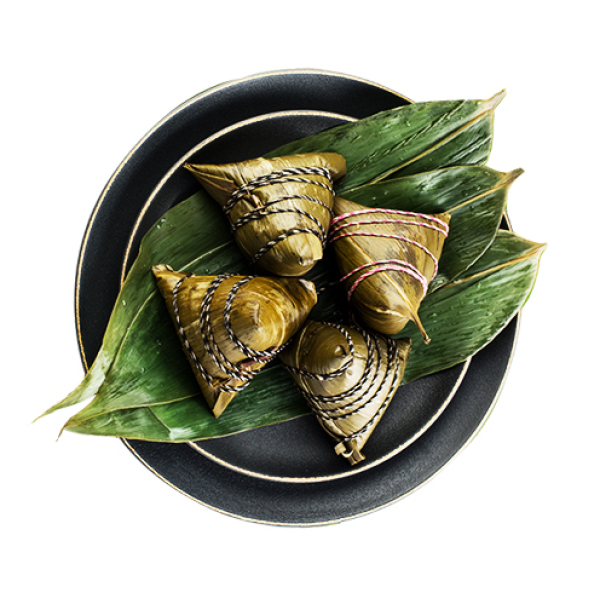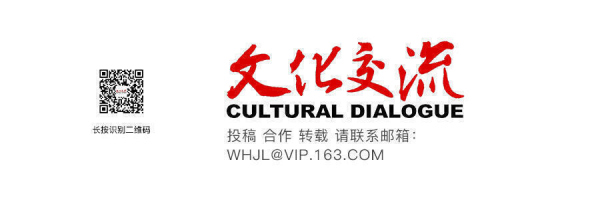
In the year 1089, Su Shi (1037-1101, also known as Su Dongpo) was appointed to Hangzhou a second time, to serve as its prefect. During the Dragon Boat Festival, Su Shi traveled to Shi San Lou in Hangzhou with his friends, and wrote a Ci poem about it.
“To the Tune of Nan Ge Zi: Dragon Boat Festival in Hangzhou”
Like singsong girls’ eyebrows the mountains stand, and like drunken eyes the lake ripples slow.
People all go to Shi San Lou.
Envying not the song-filled Zhuxi Pavilion in old Yangzhou.
Sticky rice dumplings and sweet flag, jade wine vessels flow.
Someone is chanting the prelude to water melody high and low.
Around the green mountains, the song is flying away, only to be held by the sunset glow.
Befitting the traditions of the Dragon Boat Festival, as the poem described, people went on an outing to the mountains and lakeside, enjoying sticky rice dumplings and a bit alcohol. According to Su Shi, they also thronged to one place—Shi San Lou.
Which then begs the question: what is Shi San Lou and where is it?
Shi San Lou, literally “a house with thirteen rooms”, “was about two li [half a kilometer] away from the Qiantang Gate,” according to the Annals of Lin’an during the Reign of Qiandao, written in the year 1169, “When Su Shi was in Hangzhou, he often executed his official duties here. Disused.”
In the Annals of Lin’an during the Reign of Chunyou, compiled in the year 1252, an almost identical entry could be found, except that some additional information was also provided, “…Now the place is Stone Buddha Court, situated behind the large Buddha stone around which Emperor Qin Shi Huang was said to have once tied his touring boat.” It explained, “West Lake was believed to be connected with the sea some time ago…Therefore, Emperor Qin Shi Huang anchored his boat here.”
Walking up scores of stone steps along the trail lying at No. 23 Beishan Road, people today will still find the giant Buddha stone in a stony valley overgrown with old trees, withered vines, shrubs and weeds.
As to Shi San Lou, as indicated in the annals, it had already ceased to exist in Southern Song (1127-1279). The “house with thirteen rooms” was in fact not a single house, but a “scenic area”, which also contained other “scenic spots”, such as Guansheng Pavilion, Yuyiqi Pavilion. No wonder Su Shi preferred to go through official business amid such poetic surroundings.
While the disappearance of Shi San Lou might have meant one less place for Hangzhou people to go during the Dragon Boat Festival,shelves with food plates are set up, posters of Taoist Celestial Master Zhang on a tiger are pasted on doors…threads of five colors are worn…perfume satchels in the shape of centipedes, snakes, scorpions, lizards, spiders, namely the so-called ‘poisons’, are carried around…” the customs of the imperial court were documented as such in Wulin Jiushi, or Ancient Matters from Wulin Garden, a book reporting the happenings of Lin’an (present-day Hangzhou), capital of Southern Song at that time.
Indeed, Menglianglu, or A Dream of Sorghum, another book about Lin’an during the same period, recorded quite similar, albeit less extravagant, customs among the general public: rituals of a sacrificial nature, charms and perfume satchels to ward off evils and the poisonous insects, and, last but not least, food, i.e. sticky rice dumplings, in-season fruit and wine, among others.
The Dragon Boat Festival during the Song dynasty, therefore, seems less to do with commemorating Qu Yuan (ca. 340-278 BC), a patriotic poet in the latter part of the Warring States Period (476-221 BC), from whom the Dragon Boat Festival is widely believed to have originated, and more to do with performing sacrificial rites, exorcising evil spirits, repelling poisonous insects and of course having a little fun.

